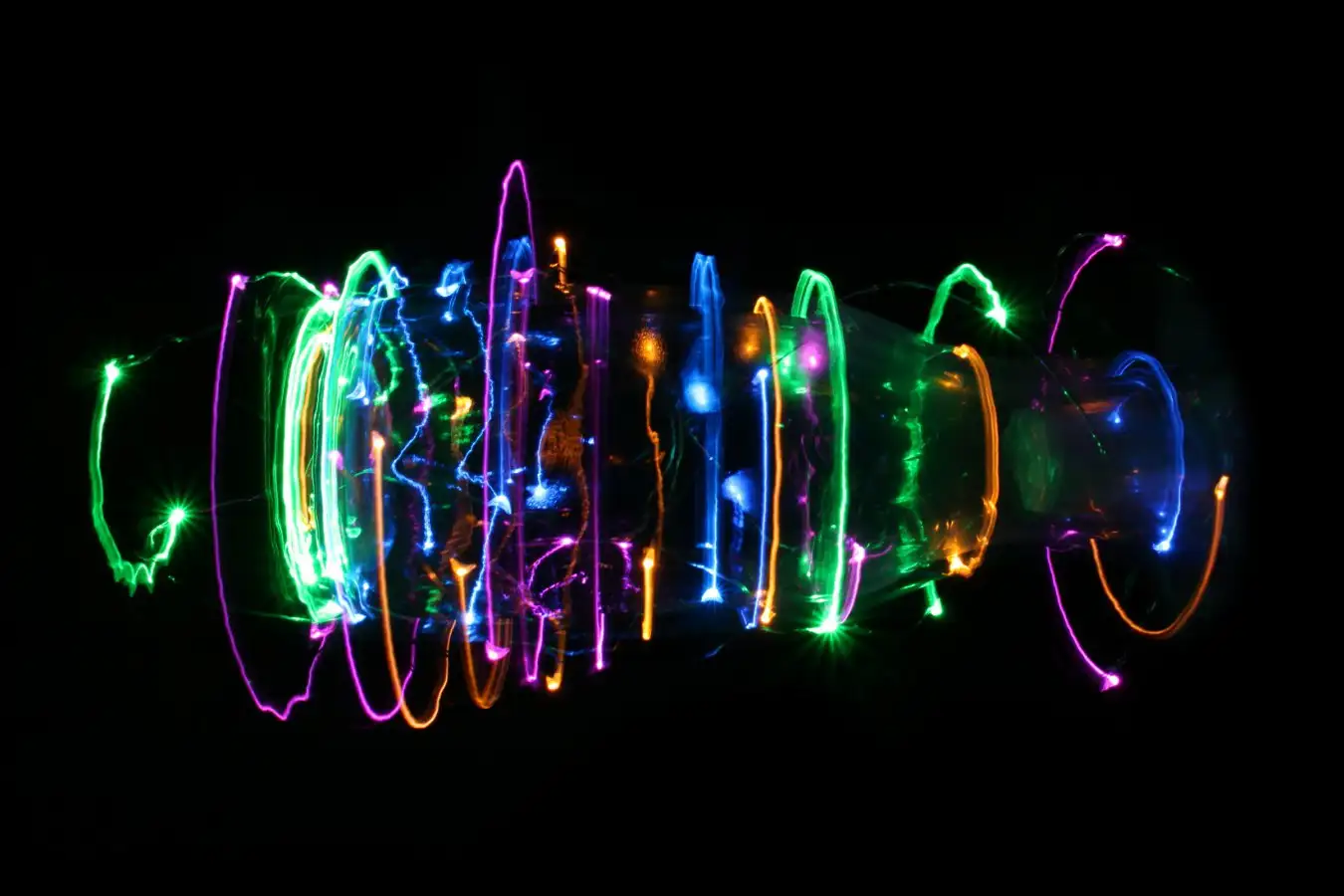
Sometimes wormholes are lumpy
Shutterstock / Champhei
What happens when two black holes become connected through an inextricable quantum link? Calculations suggest that this can give rise to a bumpy space-time tunnel called the “Einstein-Rosen caterpillar.”
Albert Einstein’s name connects two very different physical oddities: the first is called an Einstein-Rosen bridge – a wormhole, or tunnel that connects faraway points of space-time – and the second is known as an Einstein-Podolsky-Rosen pair, in which two particles are connected through an inseparable property called quantum entanglement. In 2013, physicists Juan Maldacena at Princeton University in New Jersey and Leonard Susskind at Stanford University in California suggested that when it comes to black holes, the two can be equivalent.
Now, Brian Swingle at Brandeis University in Massachusetts and his colleagues have found that this may only be true in some cases. They mathematically analysed a collection of entangled black holes and found that the situation is more complex – and more lumpy – than it previously seemed.
Swingle says studying wormholes that connect quantumly entangled black holes ultimately helps researchers understand more about black holes’ interiors, which are poorly understood places full of mystery because of how remarkably strongly gravity is acting there. Mathematical models show that the size of a black hole’s interior corresponds to its complexity – how complicated it is at the level of its most basic, quantum building blocks. The researchers wondered if there was a similar rule for wormholes that connect a black hole pair.
This is a challenging task because a full understanding of black holes’ entanglement would require a complete theory of quantum gravity, which physicists haven’t yet formulated. Instead, the team used a model that connects quantum physics and gravity in an incomplete way, but which ought to resemble reality enough to still offer valuable insights, says Swingle.
He and his colleagues found a mathematical correspondence between how much microscopic quantum randomness a wormhole contains and its geometric length. Their calculations revealed that a typical wormhole is less likely to be smooth and more likely to contain some bumps made of matter, a feature that earned it the comparison with a caterpillar. Swingle says that this differs from the 2013 result, which may apply to special, and therefore less common, cases where the black holes’ entangled state led to a smooth wormhole between the two.
Donald Marolf at the University of California, Santa Barbara, says the new work adds insight into entangled black holes but still doesn’t describe the most common case of such entanglement. He says the collection of all theoretically possible black hole states is rather large – larger than all the black holes that exist in our universe – and it will take more theoretical investigation to definitively say what sort of connected state is the most likely to be assumed by a black hole pair.
One part of those future investigations may include using quantum computers as simulators of cosmic black holes and caterpillar wormholes, says Swingle. Because his team’s approach included connecting a simplified quantum theory and a theory of gravity, once quantum computers become more powerful and reliable it could be possible to use them to learn more about both quantum theory and new ideas about gravity, he says. The new calculation already uses some elements of quantum information theory, so there could be exciting developments in the other direction too where studying mysteries of gravity would inspire new quantum computing algorithms, says Swingle.
Topics:
Source link : https://www.newscientist.com/article/2502073-lumpy-caterpillar-wormholes-may-connect-entangled-black-holes/?utm_campaign=RSS%7CNSNS&utm_source=NSNS&utm_medium=RSS&utm_content=home
Author :
Publish date : 2025-11-05 17:00:00
Copyright for syndicated content belongs to the linked Source.












